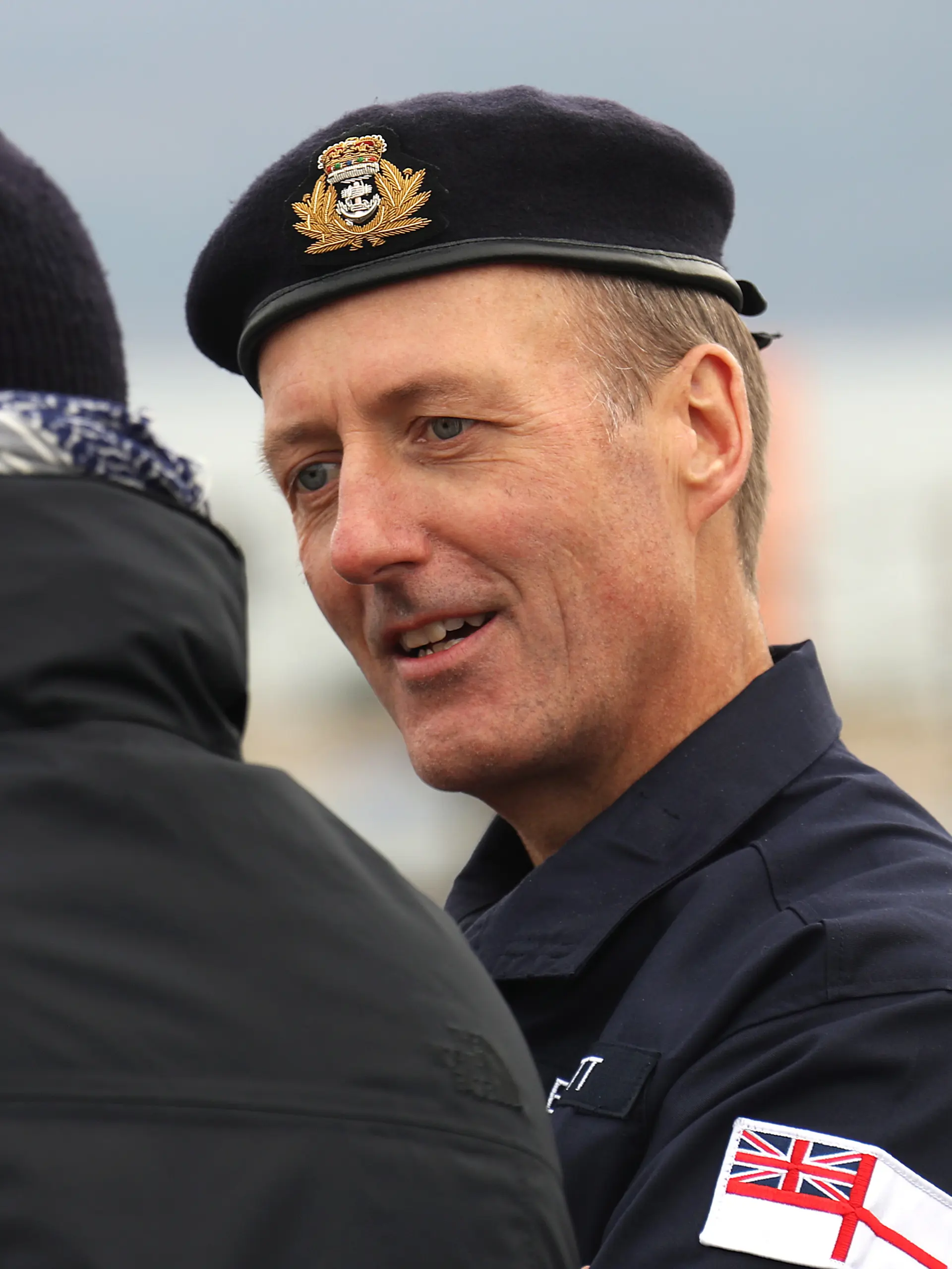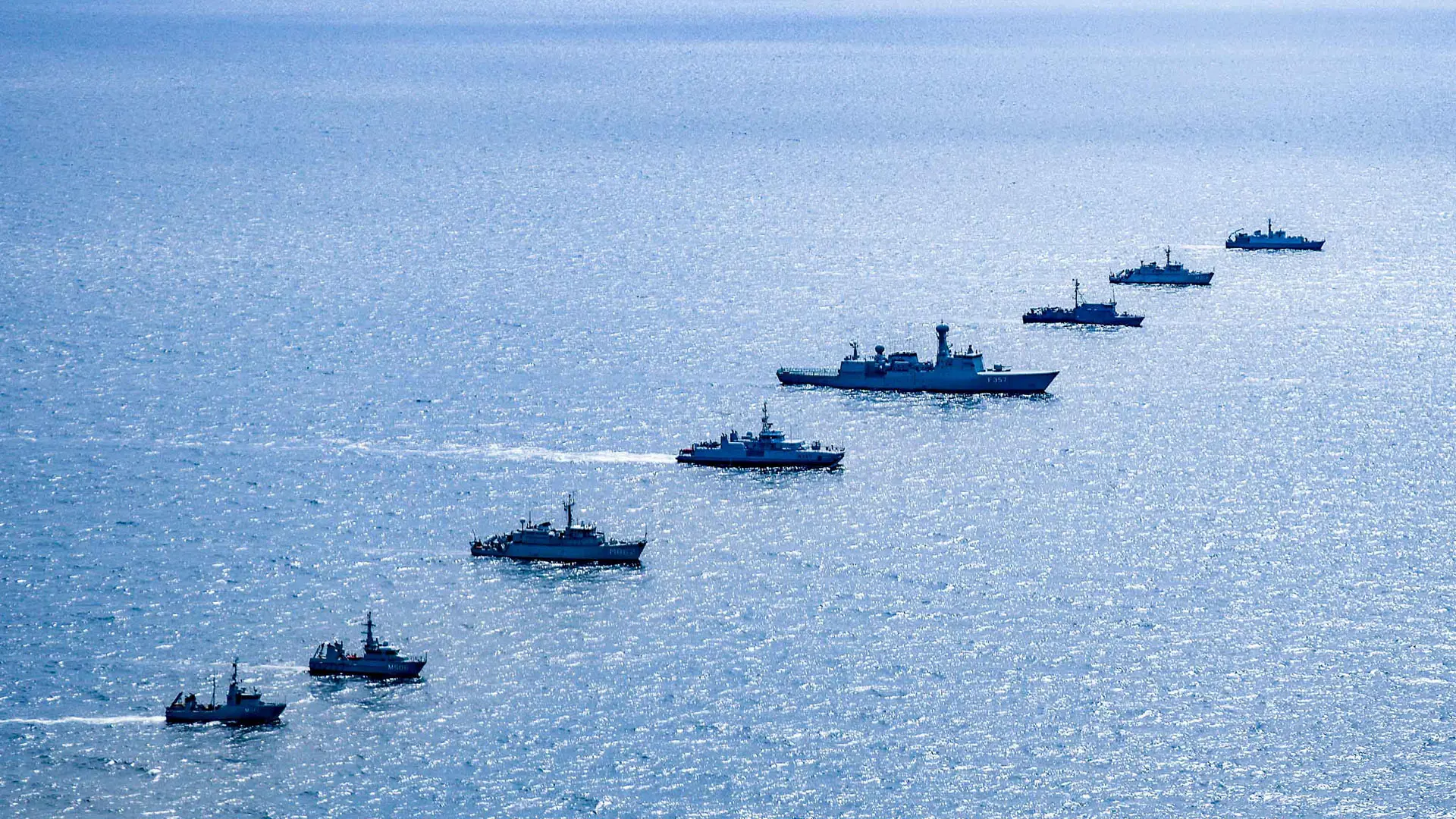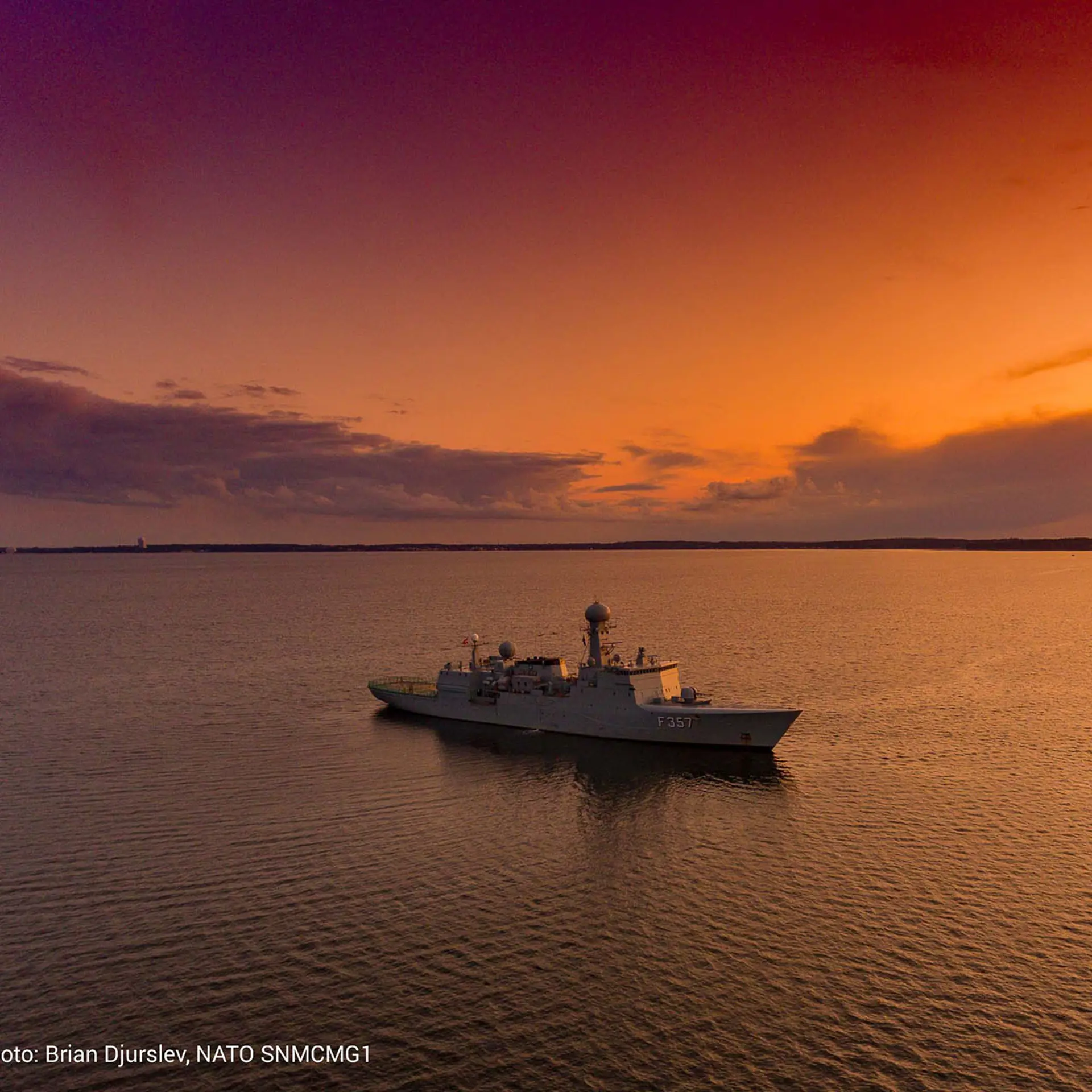Bottom-up – Generating momentum for maritime transformation
Across the globe, navies are wrestling with the same contemporary operating challenges
Written by Paul Bennett, NATO Senior Mentor
The imperative to embrace digitization; the growth of domains in space and cyber (and, for some, in information and electronic warfare); the need to operate with a wide range of allies and partners; for the military to be synchronized with other levels of power as part of a national endeavour; to embrace technology and where possible reduce the demand for people.

These challenges have resulted in a number of common areas of development: Navies are being invited to change the way they fight (Multi Domain Operations), deliver capability in a different way (Emerging & Disruptive Technology), improve connectivity with a range of allies and partners (Interoperability/ Interchangeability), apply increased levels of imagination and ingenuity (Innovation), whilst enabling digitization of all elements, including the use of AI and Machine Learning (Digital Transformation). And this is all to be done against a backdrop of limited resource, operating ‘hot’ because of the scale of the demand on their services, managing ageing platforms and being constrained by legacy IT that feels anything but modern, technical or digitized.

While myriad major change programmes are underway (eg. Digital Backbone) to tackle these issues, my contention is that, in the non-platform areas of capability development, generating front-line change momentum is as important as these longer-term top-down programmes. There are some very practical reasons why this is becoming ever more essential: Firstly, where capability exists, the front-line should become a laboratory for maritime development. Clearly, this needs to be carefully calibrated to add value, not divert attention, but placing potential capability in the hands of the warfighter enables an assessment of utility and of shortfall to be made. Secondly, in a similar vein, fighting across 5 domains, embracing the opportunities of data visualisation, understanding the limitations and benefits of AI, will require culture change. By flowing capability forwards, the naval warfighter can start the process of change, embracing ever more mature products as they are developed and adapting procedures to embrace them. Thirdly, the trade-off between investment in technology and reduction on workforce, a vital dynamic of the future, must be proven in practice not merely wished for in theory. Front-line experimentation/exploration should identify both potential savings in people and any requirement for up-skilling. And finally, there is a significant credibility and morale element to this. At the front-line, the realities of inadequate communications systems, limited access to cyber capabilities and analogue, paper intensive processes, sit awkwardly alongside the technology-rich futures espoused by their leaders. If those front-line operators can become part of the delivery of the future, there will be immediate morale and capability benefit to the Service.
There are a few areas which hold the key to generating transformation momentum, bottom-up. Let me highlight three:
COTS (Commercial Off The Shelf Solution)
Taking capability ‘off the shelf’ features in many intent documents. Nevertheless, process constraints and, probably more pivotally, the cultural aversion for militaries to compromise, have become stumbling blocks to adoption. Living to the mantra of ‘80% is good enough’, even when the capability may be fielded operationally where men and women’s lives are dependent on performance is, unsurprisingly, difficult. But once again, without COTS, supported by spiral development, procurement will be inaccurate, inefficient and ultimately less effective. There is risk on all sides, of course; for the navy to compromise in capability, but also for industry to accept that their COTS system might be only used for the first spiral and, despite having shown their hand, not become the enduring final solution. Nevertheless, technical solutions to many of the challenges faced by navies exist in at least 80% form and the front-line is being deprived of them by procurement hurdles, leadership with a low adoption risk appetite and financial constraints. At least two of these are easily surmountable.
Spiral Development
Most nations have struggled to deliver genuine spiral development. The UK’s intent, for example, is clear: The Defense Command Paper states that there is the need to ‘build in the financial headroom to respond to changing needs, enabling us to iteratively develop – or ‘spiral’ – our capabilities’ , and ‘we must therefore drive greater pace and agility into how we acquire military capability for the front-line, including by prioritizing timely delivery over perfection’ . The concept of having a program budget from which part is allocated to the first spiral, with the rest protected for future development is alien both to existing procurement and resource management processes. But without it, navies will continue to struggle to define future system capability requirements with sufficient long-term accuracy and the eventual outcomes will miss the target.
Digitization
One of the comforting elements of delivering military capability in the future (MDO, managing autonomy and improving integration) is that (at least part of) the solution is known – the improved exploitation and sharing of data. The exploitation, analysis and presentation of data available to today’s decision maker is already part of many defense strategies, even if, in most, it is relatively nascent. The mindset change required is significant. Scrutiny of available data sources and the analysis of the information required by a user demand considerable analysis. For example; I assume most would struggle to define a cross-government or a MOD/Industry picture and in defining the actual information requirements of each maritime commander. It is a significant change and something that can only be achieved if there is extensive bottom-up, incremental, but rapid acquisition of currently available technology that helps inform those seeking longer-term change.

The pressures on navies to change are significant and come on top of high operational demand and resource limitations. None of the challenges highlighted at the top of this short note can be achieved in one bound, but rather need to be tackled in a series of steps, calibrated against the way that the navy intends to fight and against the progress of its adversaries. Starting now, developing steadily while generating momentum and buy-in at the front-line will enable a laboratory of warfighters through which technology can be explored and the direction of capability development established. Our relevance and, ultimately, battle-winning capability relies upon it.
Finally, the punchline to this short think-piece is that in the capability environment of C2, there is a system, used by over 50 countries that provides a digital, AI-enhanced, multi-domain picture. SitaWare offers a user-defined picture, with systems secure by design and with communications protocols that enable it to operate in a contested environment. It can interface with all sensors and effectors, presenting genuine crewed/uncrewed situation awareness. It is available, literally, tomorrow and will provide an immediate enhancement to interoperability in all domains. It is such a system that offers a large step into the future through generating real front-line capability momentum.








